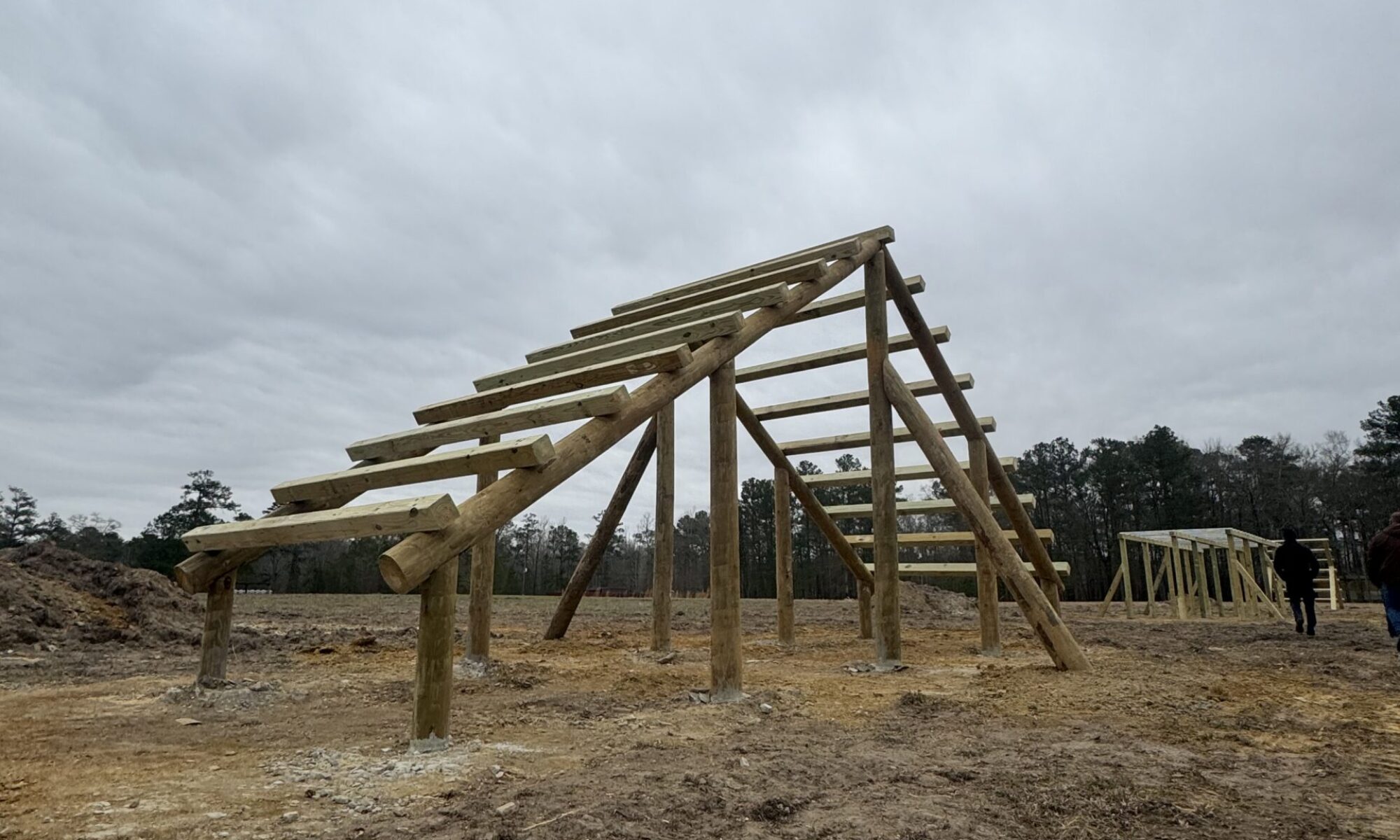**Name:** Colonel James “Jim” Harrington
**Age:** 52
**Position:** JROTC Program Director/Senior Military Instructor
**Archetype:** The Dedicated Leader
Overview
Colonel Harrington has dedicated 25+ years to military service before transitioning to lead a high school JROTC program. He’s passionate about developing the next generation of leaders but struggles with outdated training facilities that don’t properly prepare his cadets for competitions or instill the discipline and teamwork he knows they need. He takes immense pride in his program but feels increasingly frustrated by budget constraints and administrative hurdles.
CORE PROBLEM & EMOTIONS
**Primary Challenge:**
Colonel Harrington faces the difficult task of creating a competitive, military-standard training environment with limited resources. His existing facilities are either deteriorating, unsafe, or simply inadequate for proper cadet development. He knows his program’s reputation, recruitment success, and ultimately the development of his students depend on having professional-grade training obstacles, but he’s caught between budget limitations and the need for quality infrastructure.
**Top 5 Most Powerful Emotions:**
– **Frustration** with trying to maintain standards of excellence while using subpar or deteriorating training equipment
– **Concern** about cadet safety when using aging obstacle course elements that haven’t been properly maintained
– **Pride** in developing young people into disciplined, capable future leaders through physical and mental challenges
– **Anxiety** about how his program compares to other JROTC units during competitions and evaluations
– **Determination** to overcome bureaucratic and budgetary hurdles to provide the best possible training environment
*Shortcomings
– “I’m failing these kids by not giving them the proper training environment they deserve.”
– “Someone’s going to get hurt on our makeshift obstacles, and it will be my responsibility.”
– “Our program will lose competitive edge and reputation if we can’t match other schools’ facilities.”
– “The administration doesn’t understand that this isn’t just about physical fitness—it’s about building character and leadership.”
– “I’ll retire knowing I never managed to give my cadets the quality training ground they needed to truly excel.”
*Impact
**How These Fears Affect Key Relationships:**
**With Cadets/Students:**
– Constantly having to apologize for or work around facility limitations
– Difficulty maintaining enthusiasm when training facilities don’t match their expectations
– Inability to implement certain training exercises critical for development
**With School Administration:**
– Recurring tension over budget allocation and facility improvement requests
– Frustration when explaining the importance of proper training equipment to non-military personnel
– Perceived lack of support for program goals and competitive needs
**With Parents:**
– Concerns about safety and quality of training facilities
– Difficulty showcasing program professionalism during recruitment events
– Explaining why their program may not have the same facilities as neighboring schools
**With Fellow JROTC Instructors:**
– Embarrassment when hosting events with substandard facilities
– Shared frustration over maintenance and improvement challenges
– Competition for limited resources within the program
**With Military Connections:**
– Concern about maintaining the program’s reputation with military partners
– Difficulty meeting expected standards for cadet preparation
– Hesitation to invite military personnel to observe training due to facility condition
*Pain Points
**From Cadets/Students:**
– “Sir, the other school’s obstacle course is so much better than ours.”
– “This equipment feels unsafe—my parents don’t want me using it anymore.”
– “How are we supposed to win competitions when we can’t even practice properly?”
**From School Administration:**
– “We just don’t have the budget for this kind of specialized equipment right now.”
– “Can’t you just use the regular gym facilities like the other programs?”
– “These military-grade specifications seem excessive for a high school program.”
**From Parents:**
– “My child came home with splinters from your wooden obstacles. Is this really safe?”
– “The other school’s JROTC program has much more impressive facilities.”
– “How can this prepare them for military service when it doesn’t look anything like real military training?”
**From Fellow JROTC Instructors:**
– “Your course doesn’t meet the standard requirements for hosting the regional competition.”
– “We’ve managed to get funding for our course upgrade—you should try our approach.”
– “Our cadets noticed how outdated your training facilities are during the last exchange.”
*Past Attempted Solutuons
– **DIY Repairs and Construction**
“We tried building some elements ourselves, but they didn’t meet safety standards and actually created more liability issues.”
– **Fundraising Events**
“We held car washes and bake sales for months, but we only raised enough for minor repairs, not the complete overhaul we need.”
– **Seeking Military Surplus**
“I spent countless hours trying to source decommissioned military equipment, but the logistics and transportation costs were prohibitive.”
– **Grant Applications**
“We’ve applied for three different educational grants, but none of them understand the specialized nature of what we’re trying to build.”
– **Local Contractor Quotes**
“The general contractors we contacted had no experience with military-spec obstacles and their designs didn’t meet our training requirements.”
*Will Not Do
– “I refuse to put my cadets at risk with amateur-built obstacles that don’t meet proper safety standards.”
– “I don’t want to waste money on temporary fixes that will just deteriorate again in a year or two.”
– “I can’t keep begging the school board for funding without showing them a professional, comprehensive plan.”
– “I don’t want to compromise on the military authenticity of our training environment just to save money.”
– “I won’t settle for a civilian ‘playground’ version that doesn’t prepare cadets for actual military training.”
*Must-Do
**The Perfect Solution Would Deliver:**
– A complete, military-spec obstacle course that mirrors what cadets would encounter in actual service
– Durable, low-maintenance construction that will last for many years of intensive use
– Safety-certified elements that reduce liability concerns and meet all educational standards
– A visually impressive course that enhances recruitment and program reputation
– Flexible design that accommodates various training exercises and competition requirements
*Who Can Solve These Issues?
**Success Hinges On:**
– Finding a provider who truly understands military training requirements and JROTC competition standards
– Securing a turnkey solution that includes design, construction, certification, and maintenance support
– Getting a professional proposal that helps justify the investment to school administration
– Working with experts who can maximize the training value within the available space and budget
– Having proof of durability and safety to address liability concerns
**Must Give Up:**
– The illusion that a DIY approach can create a professional-grade training environment
– The hope that temporary fixes will solve long-term training needs
– The idea that standard playground equipment companies understand military training requirements
– The belief that cheaper alternatives will provide the same training benefits
– The expectation that non-specialized contractors can deliver military-spec results
**Common Objections:**
– “This seems extremely expensive compared to standard physical education equipment.”
– “We need to get multiple bids from different vendors before making a decision.”
– “Can’t we just build something similar ourselves for a fraction of the cost?”
– “Our insurance may not cover such specialized training equipment.”
– “We need to prioritize academic resources over physical training facilities.”

